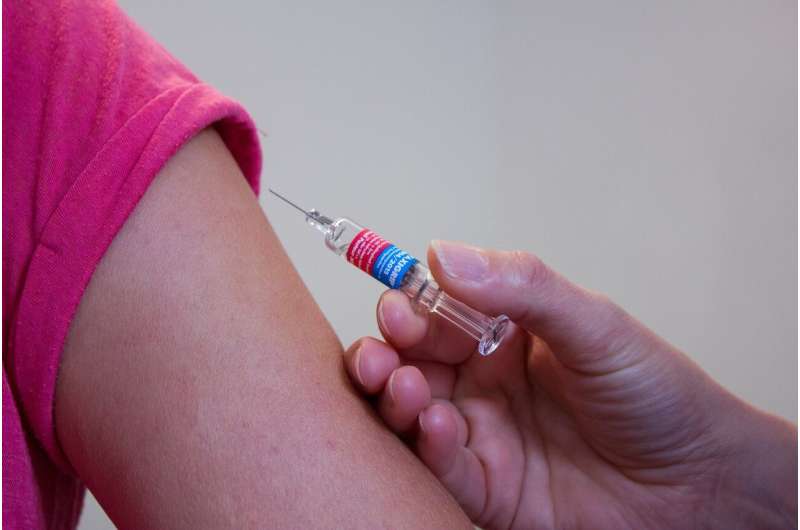Salient Cues More Effective Than Episodic Future Thinking in Improving Children's Prospective Memory

Recent research finds that salient cues significantly outperform episodic future thinking in enhancing children's prospective memory, offering practical strategies for cognitive support.
A recent study published in the Journal of Experimental Child Psychology highlights that salient cues significantly surpass episodic future thinking (EFT) in enhancing prospective memory (PM) among school-age children. Prospective memory, which involves recalling and executing future intentions, is vital for children's daily functioning and academic success, such as remembering to submit signed papers or recall weekend plans. Despite previous research suggesting that both EFT and cue saliency approaches can aid PM, direct comparisons of their effectiveness, mechanisms, and influence on different PM types were lacking.
Dr. Yang Tianxiao and colleagues from the Chinese Academy of Sciences conducted two experiments with a total of 126 children aged 8 to 12. The first experiment examined the effects of EFT versus cue saliency on event-based PM through interactive computer-based tasks rooted in real-life contexts, also considering how children's executive functions impacted outcomes. The second experiment applied similar methods to explore time-based PM.
The results demonstrated that salient cues notably improved both event-based and time-based PM by facilitating automatic retrieval of intentions. Specifically, time cues proved effective in helping children adjust their monitoring strategies, allowing them to shift attention more efficiently from constant timekeeping to ongoing activities. Conversely, EFT did not improve PM performance in either case, indicating that children might need more targeted guidance to construct effective future scenarios.
Particularly interesting was the moderating role of children's shifting abilities: those with lower shifting capabilities benefited more from external salient cues, as these external aids compensated for their executive function weaknesses. Overall, the findings advocate for the utilization of salient environmental cues to support children's prospective memory, offering practical strategies for educators and parents to foster better self-regulation and memory performance. This research underscores the importance of environmental scaffolding in cognitive development and daily task management for children.
Source: Medical Xpress
Stay Updated with Mia's Feed
Get the latest health & wellness insights delivered straight to your inbox.
Related Articles
Climate Change and Women's Cancer Risk: Insights from Recent Research
Recent research links rising temperatures due to climate change with increased incidence and mortality of women's cancers in the Middle East and North Africa, emphasizing the need for integrated health and climate strategies.
Exposure to Outdoor Trichloroethylene May Increase Parkinson's Disease Risk
Long-term outdoor exposure to the industrial solvent trichloroethylene (TCE) may be linked to an increased risk of Parkinson's disease, according to recent research. This study highlights the importance of environmental health monitoring and regulation.
'Smart' Dental Implants Mimic Natural Teeth in Feel and Function
A groundbreaking study introduces 'smart' dental implants that restore natural feel and function by reconnecting nerves, promising a new era in dental restoration technology.
Understanding COVID-19 Vaccine Attitudes: Insights from Diverse Perspectives
A comprehensive study explores the diverse motivations behind COVID-19 vaccine decisions, emphasizing tailored strategies and respectful dialogue to improve public health efforts.



